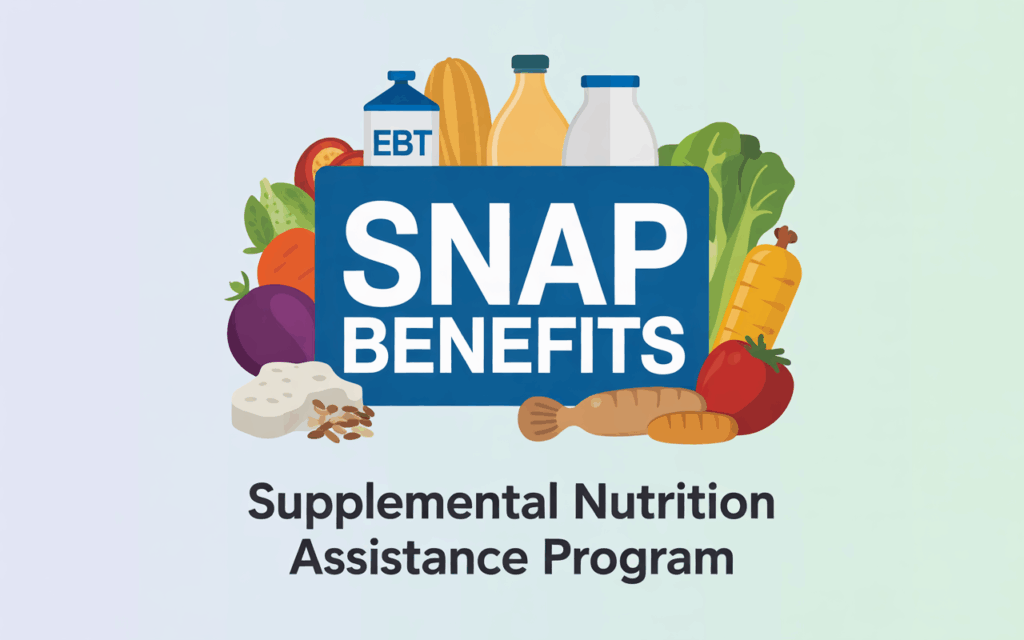
SNAP Helps Households Stretch Their Budgets and Improves Stability
At its core, SNAP is intended to help participants purchase food, freeing up other resources for housing, medical care, utilities, or other essentials. Research shows that SNAP has a real impact: for many households, particularly those with older adults, it reduces the likelihood of falling into poverty or deeper financial strain.
For example, in recent years, analysts estimate that more than half of SNAP-participating households are lifted above the poverty line when the value of their SNAP benefits is included. (While the exact figure depends on how poverty thresholds are measured, the program’s role in reducing food insecurity and improving economic resilience is well documented.)
Moreover, by helping households meet basic food needs, SNAP reduces the “crowding out” of food spending by other costs—meaning less borrowing, fewer skipped meals, and fewer trade-offs between food, medicine, or rent.









